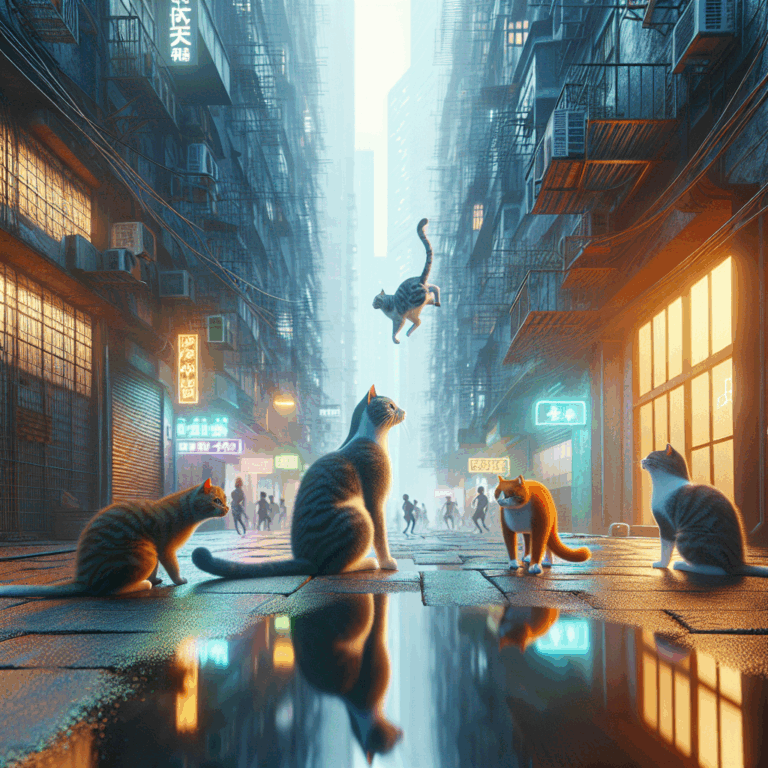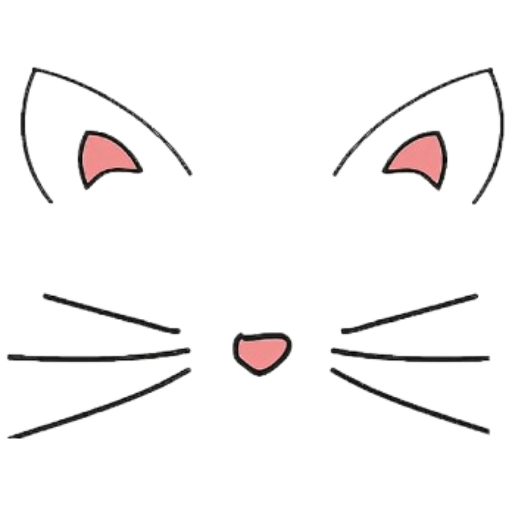The Feline Guardians of Urban Ecosystems: Cats and Their Role in City Biodiversity
- 14 Comments
As cities continue to expand, the delicate balance of urban ecosystems faces unprecedented challenges. However, amid the towering skyscrapers and sprawling concrete, a surprising ally emerges in the form of the humble cat. These agile creatures, known for their independence and adaptability, are playing a crucial role in maintaining the biodiversity of urban environments.
Cats have long been intertwined with human settlements, their presence dating back thousands of years to the early days of agriculture. Today, they are found in nearly every corner of the globe, from rural farms to bustling metropolises. In cities, both feral and domesticated cats contribute to the intricate web of life that sustains urban ecosystems. Their contributions are multifaceted, affecting everything from pest control to the preservation of native species.
One of the most significant roles cats play in urban areas is that of natural pest control. As skilled hunters, they help manage populations of rodents and other small mammals that thrive in city landscapes. This predation helps curb the spread of diseases that these pests can carry, benefiting both human and animal residents alike. By controlling pest populations, cats indirectly support the health of urban flora and fauna, allowing other species to flourish.
Moreover, cats’ influence extends beyond mere pest control. Their presence can help maintain the balance between invasive and native species. In some cases, cats have been observed to regulate populations of invasive birds, thus providing native bird species with a better chance of survival. This dynamic highlights the complex interactions within urban ecosystems, where cats can sometimes act as both predator and protector.
However, the relationship between cats and urban biodiversity is not without controversy. The ecological impact of feral cats is a topic of ongoing debate among conservationists and ecologists. While some argue that feral cats pose a threat to native wildlife, others contend that their role as pest controllers is invaluable. This dichotomy underscores the importance of responsible cat ownership and management, particularly in densely populated areas.
Efforts to harmonize the presence of cats within urban environments have led to innovative approaches such as trap-neuter-return (TNR) programs. These initiatives aim to control feral cat populations humanely, reducing their potential impact on native species while allowing them to continue their role in pest management. Additionally, raising awareness about the importance of keeping pet cats indoors or within controlled environments can mitigate the risks associated with free-roaming cats.
As cities strive to become more sustainable and biodiversity-friendly, the role of cats in urban ecosystems is gaining recognition. These adaptable animals, often seen lounging on windowsills or patrolling alleyways, are unsung heroes in the struggle to maintain ecological balance in urban areas. By understanding and embracing their contributions, we can work towards creating cities where both humans and wildlife can coexist harmoniously.
In the grand scheme of urban biodiversity, cats remind us of the interconnectedness of life. Their presence in our cities serves as a testament to the resilience of nature and the enduring bond between humans and animals. As guardians of urban ecosystems, cats prove that even in the most unexpected places, nature finds a way to thrive.

As cities continue to expand, the delicate balance of urban ecosystems faces unprecedented challenges. However, amid the towering skyscrapers and sprawling concrete, a surprising ally emerges in the form of the humble cat. These agile creatures, known for their independence and adaptability, are playing a crucial role in maintaining the biodiversity of urban environments.
Cats have long been intertwined with human settlements, their presence dating back thousands of years to the early days of agriculture. Today, they are found in nearly every corner of the globe, from rural farms to bustling metropolises. In cities, both feral and domesticated cats contribute to the intricate web of life that sustains urban ecosystems. Their contributions are multifaceted, affecting everything from pest control to the preservation of native species.
One of the most significant roles cats play in urban areas is that of natural pest control. As skilled hunters, they help manage populations of rodents and other small mammals that thrive in city landscapes. This predation helps curb the spread of diseases that these pests can carry, benefiting both human and animal residents alike. By controlling pest populations, cats indirectly support the health of urban flora and fauna, allowing other species to flourish.
Moreover, cats’ influence extends beyond mere pest control. Their presence can help maintain the balance between invasive and native species. In some cases, cats have been observed to regulate populations of invasive birds, thus providing native bird species with a better chance of survival. This dynamic highlights the complex interactions within urban ecosystems, where cats can sometimes act as both predator and protector.
However, the relationship between cats and urban biodiversity is not without controversy. The ecological impact of feral cats is a topic of ongoing debate among conservationists and ecologists. While some argue that feral cats pose a threat to native wildlife, others contend that their role as pest controllers is invaluable. This dichotomy underscores the importance of responsible cat ownership and management, particularly in densely populated areas.
Efforts to harmonize the presence of cats within urban environments have led to innovative approaches such as trap-neuter-return (TNR) programs. These initiatives aim to control feral cat populations humanely, reducing their potential impact on native species while allowing them to continue their role in pest management. Additionally, raising awareness about the importance of keeping pet cats indoors or within controlled environments can mitigate the risks associated with free-roaming cats.
As cities strive to become more sustainable and biodiversity-friendly, the role of cats in urban ecosystems is gaining recognition. These adaptable animals, often seen lounging on windowsills or patrolling alleyways, are unsung heroes in the struggle to maintain ecological balance in urban areas. By understanding and embracing their contributions, we can work towards creating cities where both humans and wildlife can coexist harmoniously.
In the grand scheme of urban biodiversity, cats remind us of the interconnectedness of life. Their presence in our cities serves as a testament to the resilience of nature and the enduring bond between humans and animals. As guardians of urban ecosystems, cats prove that even in the most unexpected places, nature finds a way to thrive.



14 thoughts on “The Feline Guardians of Urban Ecosystems: Cats and Their Role in City Biodiversity”
Pingback: kamagra žádné r x cizí
Pingback: cheapest buy itraconazole buy san francisco
Pingback: fildena canada pharmacy
Pingback: achat kamagra sans ordonnance
Pingback: cheapest buy gabapentin price generic
Pingback: get flexeril cyclobenzaprine purchase in the uk
Pingback: order dutasteride purchase tablets
Pingback: Cheap avodart NO RX
Pingback: canadian staxyn pharmacy
Pingback: cheap xifaxan buy sydney
Pingback: buy cheap rifaximin lowest cost pharmacy
Pingback: buying enclomiphene canada price
Pingback: ordering androxal purchase australia
This article highlights the vital role cats play in supporting urban ecosystems and biodiversity, showcasing their unique contributions to city life.